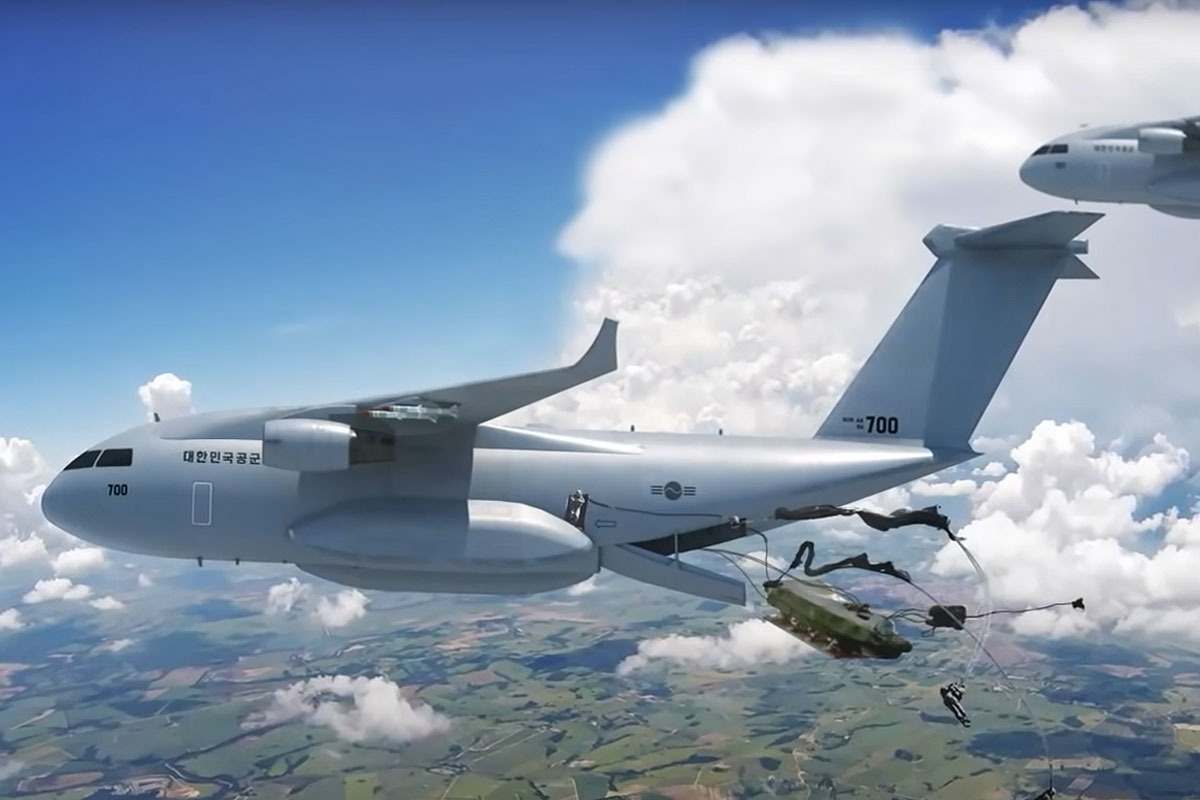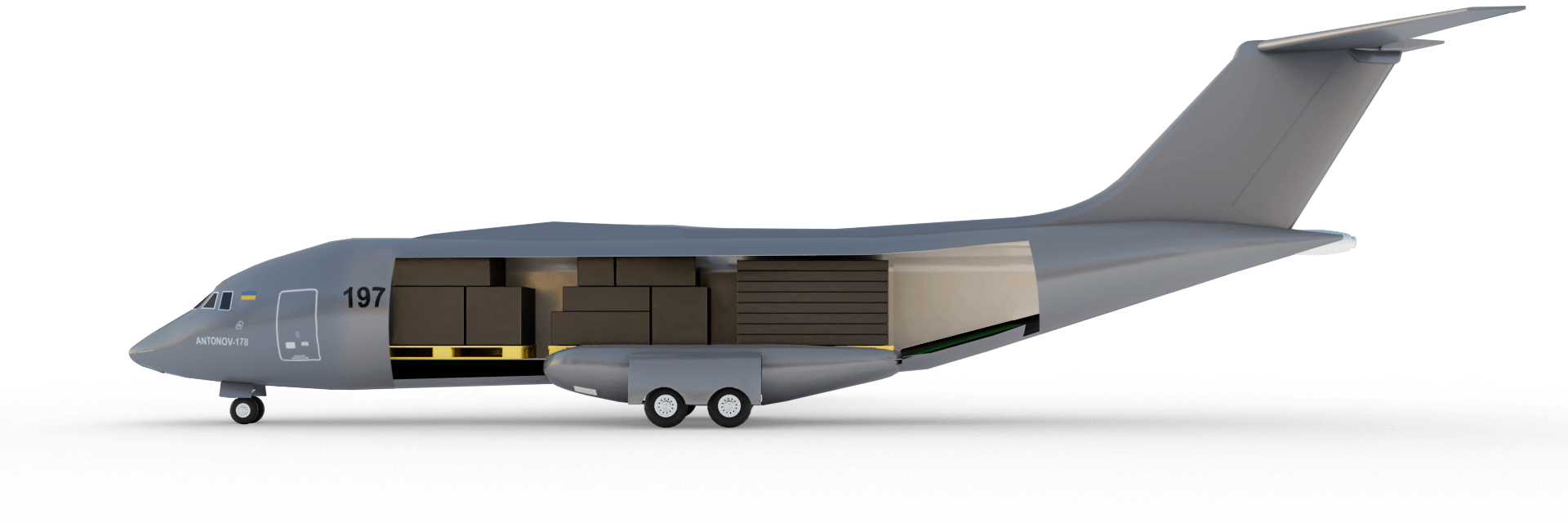Opinion: Why India should take note of South Korea's indigenous military transport programme - Latest Indian Defence News

Tuesday, October 19, 2021 | Chimniii Desk
Highlights
Military transport aircraft, according to KAI, will be on par with Japan's C2 and the United States' C-17 transport aircraft. It's anticipated that the KAI aircraft will be a medium size, twin-engine platform with the ability to carry troops and cargo, support special forces operations, and launch microsatellites into space, among other things. if KAI is successful in securing a $2.7 billion investment, they expect to have the first aircraft ready in seven years. The Indian Air Force (IAF) is already down by two C-17s as a result of Boeing's decision to shut down its strategic airlifter production line. In order to design a 90-seat aircraft, NAL was granted permission to copy the very popular Bombardier Q400, but it is still unclear whether NAL plans to develop a Strategic airlifter variant of the jet with a ramp door feature for transport operations.
Advertisement
To show off its plans to develop multirole military transport aircraft for both the South Korean military and for export, Korea Aerospace Industry unveiled a computer-generated rendering earlier this year at a defence industry conference. Military transport aircraft, according to KAI, will be on par with Japan's C2 and the United States' C-17 transport aircraft.
It's anticipated that the KAI aircraft will be a medium size, twin-engine platform with the ability to carry troops and cargo, support special forces operations, and launch microsatellites into space, among other things.
With no prior experience in licence manufacturing transport aircraft, let alone developing one on the Korean peninsula, KAI appears to have a growing sense of self-assurance as it embarks on this ambitious project. if KAI is successful in securing a $2.7 billion investment, they expect to have the first aircraft ready in seven years.
KAI is counting on the company's tried-and-true formula to get the job done. Aircraft landing gear and avionics will be developed in-house by KAI while engines will be purchased from international original equipment manufacturers (OEMs) that will also see design consultancy agreements with a well-known firm.

Pic: C-295
India recently ordered 56 C-295 aircraft to replace the ageing Avro and possibly also the AN-32 fleet in the near future, but India will also have to deal with the reality that 17 Ilyushin Il-76 Strategic airlifters purchased in the early 1980s are ageing fast and are already facing issues due to lack of spares leading to low serviceability of the entire fleet that now also requires modernization that is pliable.
Advertisement
 Pic: C-17
Pic: C-17The Indian Air Force (IAF) is already down by two C-17s as a result of Boeing's decision to shut down its strategic airlifter production line. Instead of discussing options or military ties to develop a replacement, there are discussions about how many Strategic airlifters India needs to replace its current fleet and beef up its current fleet by 20 percent. Inquire with KAI about the plane they plan to develop and see if it meets their requirements. If it does, then look into how it might be pursued by the IAF.
 Pic: AN-178
Pic: AN-178It appears the Indian Air Force has not yet taken Ukraine's offer of joint development of the An-178 medium transport aircraft into consideration. In order to design a 90-seat aircraft, NAL was granted permission to copy the very popular Bombardier Q400, but it is still unclear whether NAL plans to develop a Strategic airlifter variant of the jet with a ramp door feature for transport operations. Aircraft for maritime to aerial surveillance may have MMA capability, but there is no indication of a transport version of the CSIR-NAL 90-seat Regional Transport Aircraft (RTA).
There will come a time when the Indian Air Force (IAF) will have to look into options to replace its ageing Ilyushin Il-76 and IL-78 AWACS/MID-Air Refueling aircraft fleet. This will require long-term planning rather than a last-minute scramble and emergency procurement deals. Even if it is a joint venture, an indigenous Strategic airlifter programme will be a much larger undertaking than the C-295 agreement that we recently concluded.
Advertisement